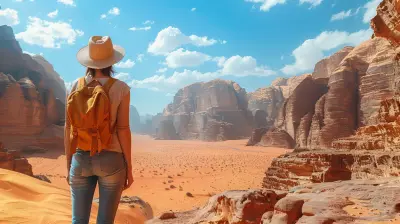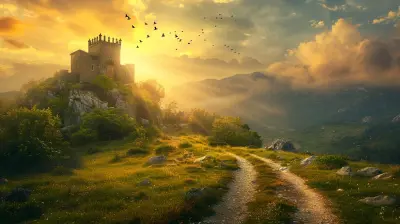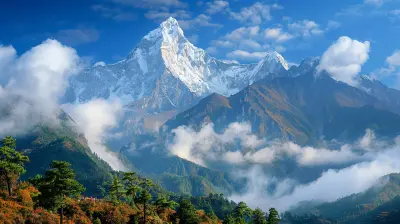Overland Journeys Through the Desolate Kalahari
14 June 2025
If you're someone who craves raw adventure, wide skies, and the kind of silence you can hear, then overlanding through the Kalahari Desert might just be your ultimate calling. It's not your typical road trip. This desert will strip back everything you thought you knew about travel and hand you something completely wild, beautiful, and deeply humbling.
Welcome to the Kalahari, where the sun blazes during the day and the stars dazzle at night—where solitude speaks louder than city noise ever could. This isn't just a journey; it's a full-on experience. So buckle in (literally), let's talk about what it's really like to go overland through this desolate but soul-stirring part of Africa.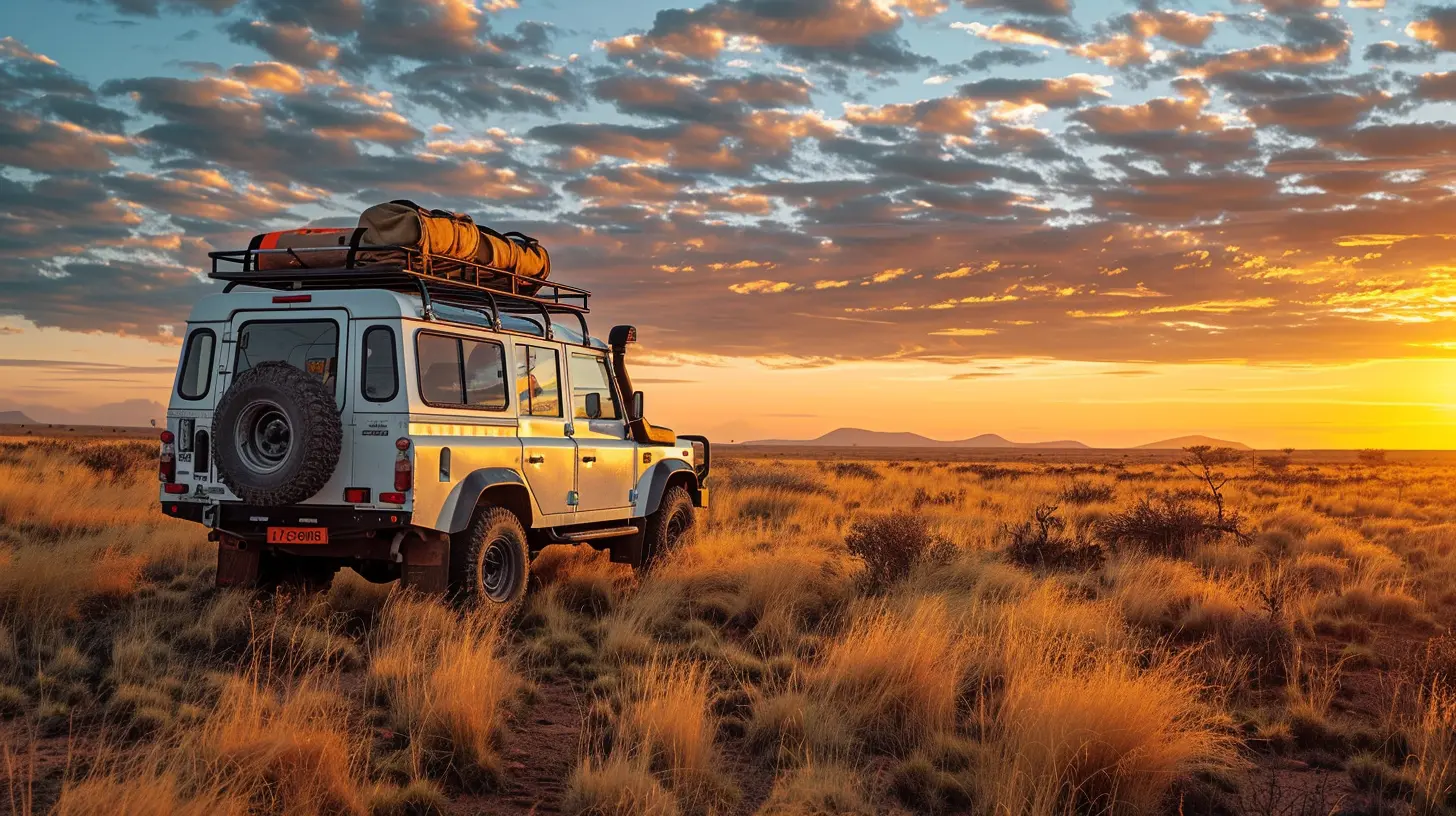
What Makes the Kalahari So Special?
Think 'desert', and your mind probably goes to rolling sand dunes. But the Kalahari? It’s different. It’s not just sand and heat. It’s semi-arid, which means you’ll find patches of dry grasslands, red sand, salt pans, and scrub bushes stretching to infinity. It covers parts of Botswana, Namibia, and South Africa—about 900,000 square kilometers worth!But here’s the twist: it’s deceptively full of life. From desert-adapted lions and meerkats to ancient baobab trees and migrating birds, there’s a pulse to this place that keeps beating, even when the landscape looks completely lifeless.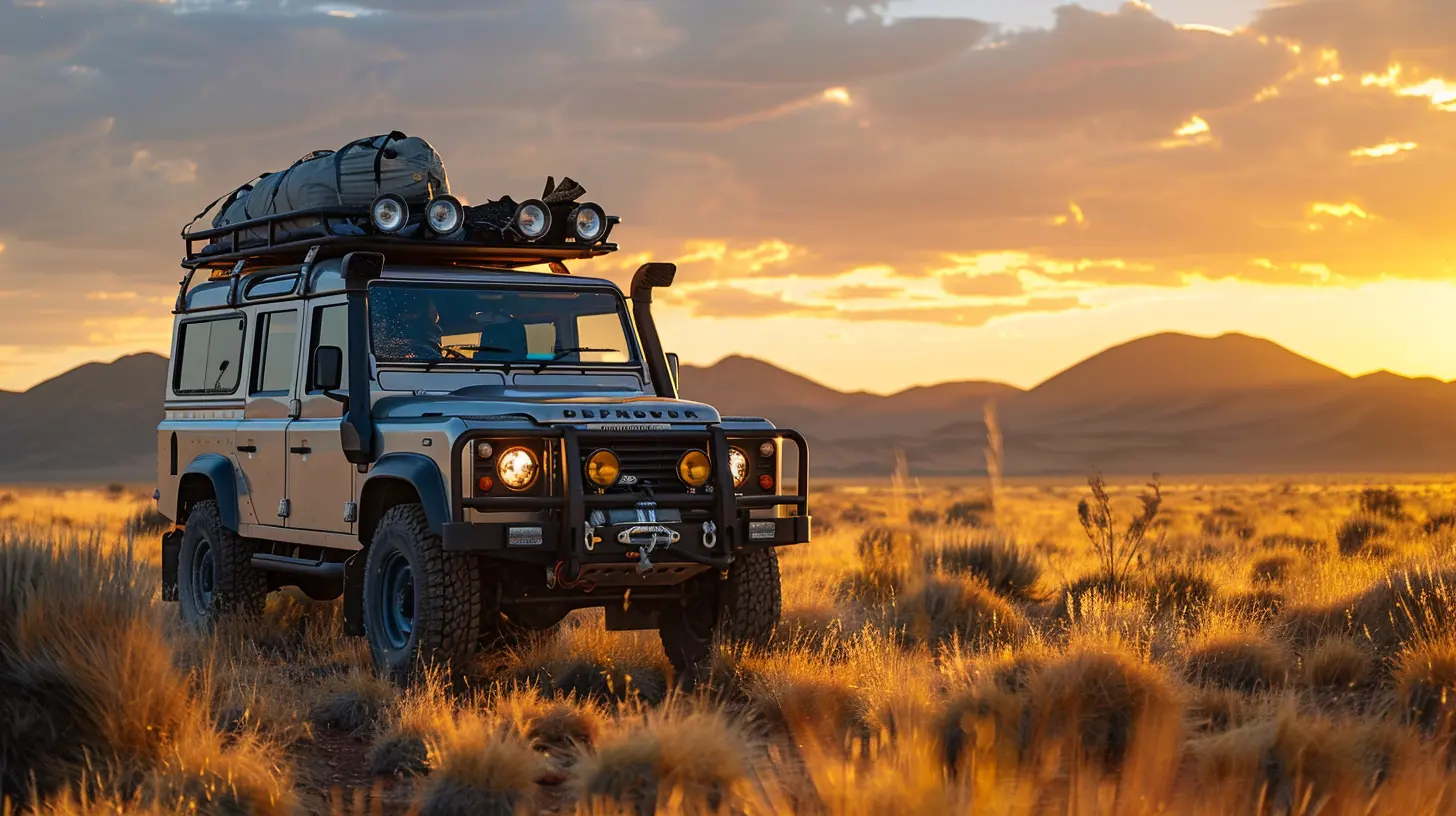
Getting There: It's All About the Route
Overland journeys are all about the ride just as much as the destination. The most popular starting points are Windhoek (Namibia), Maun (Botswana), and Upington (South Africa). You’re not going to find paved highways through most of this trip. Expect gravel roads, sand tracks, and riverbeds—this is off-roading at its finest.If you’re going self-drive, a 4x4 vehicle is non-negotiable. No kidding. You need clearance, power, and ideally some serious recovery gear. It’s not uncommon for people to get stuck (especially during the wet season), so either travel with another vehicle or be fully equipped to dig yourself out of trouble.
Here are a few epic overland routes worth considering:
- Maun to Ghanzi via the Central Kalahari Game Reserve
- Windhoek to Kgalagadi Transfrontier Park
- Upington to Makgadikgadi Pans
Each route offers a new mix of terrain, wildlife, and silence that you’ll just have to feel to believe.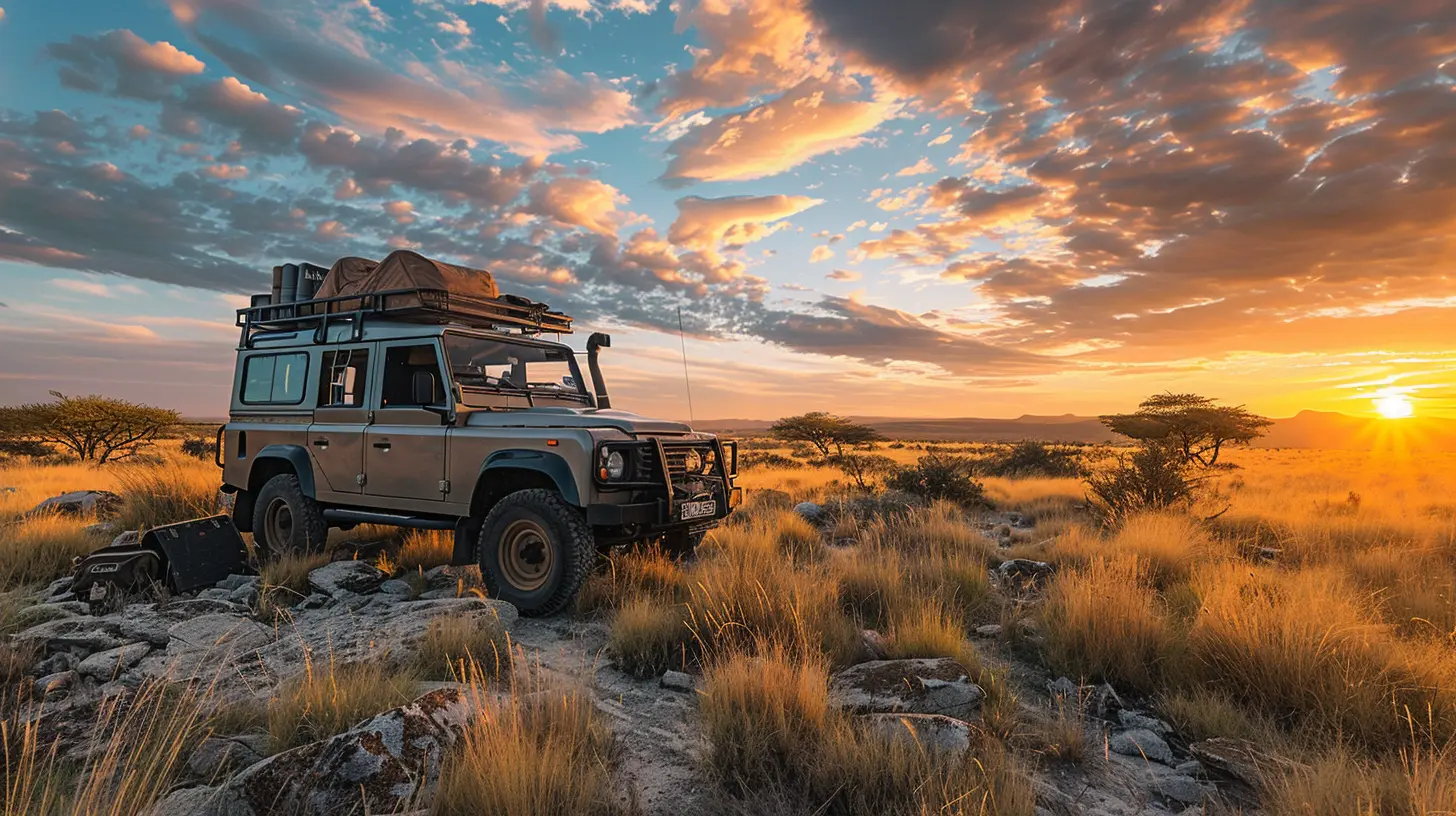
The Wildlife: Alive in the Silence
One of the biggest surprises most overlanders experience? Just how alive this “desolate” desert really is.Wake up early, and you might see gemsbok gracefully moving through the red sands, their long horns like spears aimed at the sky. In the distance, a black-maned Kalahari lion might be surveying its kingdom from a termite mound. And if you’re lucky (and patient), you might get a glimpse of elusive animals like brown hyenas or aardwolves.
Nighttime brings a whole new cast of characters. With no city lights for hundreds of miles, the stars are insane—like someone spilled glitter across the sky. And the sounds change, too. You might hear jackals calling, or a curious porcupine rustling just beyond your tent.
Cultural Touchstones: The San People
You can’t talk about the Kalahari without mentioning the San (sometimes called "Bushmen"). These are some of the oldest inhabitants of southern Africa, with traditions, languages, and hunting skills that go back thousands of years.In select communities, travelers can respectfully participate in guided bush walks or storytelling sessions. It’s not about taking photos (though you’ll want to), it’s about listening, learning, and recognizing a way of life that’s deeply connected to this land in ways no GPS can ever map.
Best Time To Go: Timing Is Everything
The Kalahari is a land of extremes. Choosing the right time to go can make or break your trip.- Dry Season (May to October): This is usually the safest bet. Wildlife gathers around waterholes, the risk of getting stuck is lower, and the skies are usually crystal clear.
- Wet Season (November to April): The desert goes green, animals move freely, and birdwatching is at its best. But... expect muddy roads, flash floods, and the occasional thunderstorm that sounds like the sky is cracking in half.
Whichever season you choose, prepare for temperature swings. It might be boiling hot during the day and freezing cold at night.
What to Pack: Gear Up or Give Up
Packing for an overland trip across the Kalahari isn't like shoving a toothbrush into a backpack and booking a cab to the airport. It’s serious business.Here’s a simple rundown:
- 4x4 vehicle with off-road tires and recovery gear
- Extra fuel and water (seriously, more than you think you need)
- Navigation tools (GPS, paper map, compass—it’s not overkill!)
- Camping gear and food supplies
- Satellite phone or radio
- Spare tires, jack, and essential vehicle parts
And don’t forget a good camera, binoculars, and a thick skin—literal and figurative. Because the Kalahari is going to test you in ways that city life never will.
The Joy of Disconnecting
One of the best parts of overlanding through the Kalahari? The complete and total disconnection.No emails. No pings. No notifications. Just the sound of your tires over the sand, the wind whistling through the acacia trees, and the occasional animal call. It’s pure, unfiltered reality. Honestly, it's kind of addictive.
You start to notice the small things: the way the sand shifts colors under the afternoon sun, the weird shapes of clouds, or how your own thoughts expand in the silence. It’s like therapy, only dustier and with lions.
Safety Tips: Respect the Desert
This place might look empty, but it demands respect. Here are some tips to stay safe:- Never travel alone unless you’re super-experienced and fully equipped.
- Tell someone your route and estimated dates, especially in remote areas.
- Learn basic vehicle recovery techniques.
- Always carry more water than you think you’ll need.
- Respect wildlife—no selfies with lions, please.
When night falls, secure your camp, zip your tent, and keep food locked away. This is wild Africa, not a petting zoo.
Hidden Gems Along The Way
If you’re the kind that loves digging deeper, the Kalahari’s got some hidden treasures just waiting to blow your socks off (not literally, keep those on—it gets cold at night).- Deception Valley (Botswana): Despite the name, it's a place of truth. Especially if what you're after is raw beauty and silent landscapes.
- Makgadikgadi Salt Pans: Imagine driving across a white, flat world where nothing moves—until the rains come and flamingos descend like a dream.
- Tweerivieren Camp (South Africa): A cozy base inside the Kgalagadi, great for spotting game and catching sunsets that will permanently tattoo your memory.
Overlanding Etiquette: Tread Lightly
The Kalahari may be tough, but it's also fragile. Overlanding doesn’t mean bulldozing your way through. Leave no trace. Stick to existing tracks, respect local customs and keep noise to a minimum.Also, lend a hand if you see someone stuck or struggling. Out here, it’s a community thing. Your good karma might just come back when you need it most.
Final Thoughts: The Desert Stays With You
Overland journeys through the desolate Kalahari are not for everyone—and that’s what makes them so special. There are no souvenir shops, no luxury spas, no Wi-Fi hotspots. It’s just you, your vehicle, and a wild, whispering desert that will challenge and reward you in equal measure.It’s the kind of trip that changes your perspective. It humbles you, grounds you, and fills your soul in ways you didn’t know were empty. And once you’ve felt the Kalahari sun on your face and heard the elephants trumpet in the distance, you’ll carry that memory like a secret promise to always chase the next great adventure.
So, are you ready to trade your digital life for dust, stars, and the kind of freedom that only a true overland journey can offer?
all images in this post were generated using AI tools
Category:
Desert AdventuresAuthor:

Pierre McKinney
Discussion
rate this article
3 comments
Xavier Hill
Exploring the Kalahari unveils nature's stark beauty and resilience. Its vast, desolate landscape offers a unique connection to the wild, urging travelers to appreciate solitude and the intricate ecosystems that thrive in harsh conditions, reminding us of life's tenacity. A transformative experience awaits!
June 19, 2025 at 2:42 AM

Pierre McKinney
Thank you for capturing the essence of the Kalahari! Its raw beauty and resilient ecosystems truly offer a profound experience for all who venture into its heart.
Amos Velez
In the heart of the Kalahari, secrets linger like shadows beneath the blazing sun. Each overland journey unveils hidden tales whispered by the wind. What wonders await those brave enough to traverse this vast, desolate expanse? Discover the allure of the unknown, where every horizon promises a new adventure.
June 16, 2025 at 2:24 PM

Pierre McKinney
Thank you! The Kalahari truly offers a unique adventure, where every journey reveals its captivating secrets.
Keira Fisher
Adventure awaits in the Kalahari's wild embrace!
June 15, 2025 at 2:34 AM

Pierre McKinney
Absolutely! The Kalahari's vast landscapes and unique wildlife offer an unforgettable adventure for those willing to explore its beauty.
